
Kód: 01979062
Carbon Sequestration in Urban Ecosystems
Autor Rattan Lal, Bruce Augustin
Urbanization drastically alters the ecosystems structure and functions, disrupts cycling of C and other elements along with water. It alters the energy balance and influences climate at local, regional and global scales. In 2008, ... celý popis
- Jazyk:
 Angličtina
Angličtina - Väzba: Pevná
- Počet strán: 388
Nakladateľ: Springer, 2011
- Viac informácií o knihe

214.68 €

Skladom u dodávateľa v malom množstve
Odosielame za 12 - 17 dní
Potrebujete viac kusov?Ak máte záujem o viac kusov, preverte, prosím, najprv dostupnosť titulu na našej zákazníckej podpore.
Pridať medzi želanie
Mohlo by sa vám tiež páčiť
-

Der gekaufte Staat
9.62 € -

Die große Reise
12.59 € -

Mein Welpe kommt ins Haus - Sozialisation und Pragung bei Welpen
16.99 €
Darčekový poukaz: Radosť zaručená
- Darujte poukaz v ľubovoľnej hodnote, a my sa postaráme o zvyšok.
- Poukaz sa vzťahuje na všetky produkty v našej ponuke.
- Elektronický poukaz si vytlačíte z e-mailu a môžete ho ihneď darovať.
- Platnosť poukazu je 12 mesiacov od dátumu vystavenia.
Viac informácií o knihe Carbon Sequestration in Urban Ecosystems
Nákupom získate 530 bodov
 Anotácia knihy
Anotácia knihy
Urbanization drastically alters the ecosystems structure and functions, disrupts cycling of C and other elements along with water. It alters the energy balance and influences climate at local, regional and global scales. In 2008, urban population exceeded the rural population. In 2050, 70% of the world population will live in urban centers. The number of megacities (10 million inhabitants) increased from three in 1975 to 19 in 2007, and is projected to be 27 in 2025. Rapid urbanization is altering the ecosystem C budget. Yet, urban ecosystems have a large C sink capacity in soils and biota. Judicious planning and effective management can enhance C pool in urban ecosystems, and off-set some of the anthropogenic emissions. Principal components with regards to C sequestration include home lawns and turfs, urban forests, green roofs, park and recreational/sports facilities and urban agriculture.Rapid urbanization started since early 1950s. Among numerous consequences of urbanization are change in landuse and land cover including deforestation, encroachment of prime farmland, and alterations in landscape. These consequences reduce the ecosystem carbon stocks especially in biota and soils, alter the hydrologic cycle by increasing runoff and decreasing soil water storage, change energy budget by altering albedo, and disrupt cycling of carbon and other elements. Such drastic alterations in land use and land cover and biogeochemical cycling of C and other elements affect global climate at local, regional and global scales because of drastic and irreversible changes in the structure, functions and dynamics of ecosystems. The global urban expansion rate is estimated at ~2 million ha (Mha) of additional land to accommodate annual population growth of 70 to 80 millions. Because urban areas consist of build up areas and green areas or free space, judicious management of free space is crucial to moderating the global carbon cycle. Open spaces can be sustainably managed for home lawns, sports grounds, recreational areas, forests, and urban agriculture. Green roofs are also important in influencing the albedo and the carbon and hydrologic cycles. The strategy is to increase the green space areas, enhance their net primary productivity, and increase the overall carbon budget of urban ecosystems. It is also important to link science with policy.
 Parametre knihy
Parametre knihy
Zaradenie knihy Knihy po anglicky Earth sciences, geography, environment, planning Earth sciences Geology & the lithosphere
214.68 €
- Celý názov: Carbon Sequestration in Urban Ecosystems
- Autor: Rattan Lal, Bruce Augustin
- Jazyk:
 Angličtina
Angličtina - Väzba: Pevná
- Počet strán: 388
- EAN: 9789400723658
- ISBN: 9400723652
- ID: 01979062
- Nakladateľ: Springer
- Hmotnosť: 686 g
- Rozmery: 241 × 163 × 21 mm
- Dátum vydania: 09. December 2011
Obľúbené z iného súdka
-

Soil Science Simplified 6e
117.07 € -

Geology For Dummies
20.99 € -20 % -

Past Time: Geology in European and American Art
45.37 € -2 % -

White River Badlands
44.24 € -4 % -
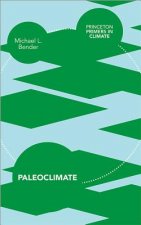
Paleoclimate
45.98 € -

Lost World of Fossil Lake
48.13 € -4 % -
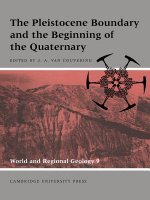
Pleistocene Boundary and the Beginning of the Quaternary
101.80 € -
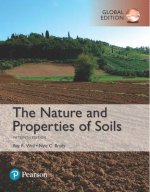
Nature and Properties of Soils, The, Global Edition
95.35 € -

S & S Guide to Rocks and Minerals
24.88 € -6 % -
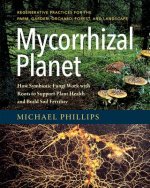
Mycorrhizal Planet
33.38 € -18 % -

H2O
12.28 € -23 % -
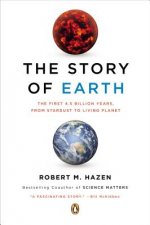
Story of Earth
19.04 € -2 % -

Structural Geology
64.42 € -1 % -

Sea without Fish
39.73 € -22 % -
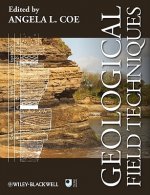
Geological Field Techniques
82.34 € -

Environmental Chemistry
158.04 € -

Annals of the Former World
24.47 € -19 % -
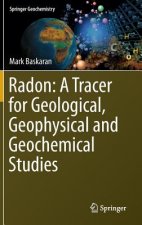
Radon: A Tracer for Geological, Geophysical and Geochemical Studies
314.75 € -
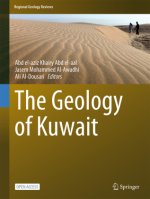
The Geology of Kuwait
48.23 € -

Reading the Rocks
16.17 € -21 % -
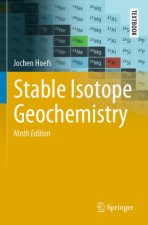
Stable Isotope Geochemistry
114.61 € -
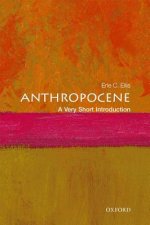
Anthropocene: A Very Short Introduction
9.41 € -24 % -

Ice Age
83.16 € -

Brief History of Geology
44.44 € -

Rocks: A Very Short Introduction
11.67 € -19 % -
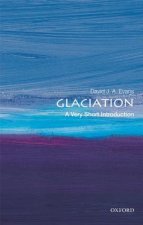
Glaciation: A Very Short Introduction
10.13 € -22 % -
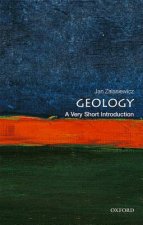
Geology: A Very Short Introduction
11.67 € -19 % -
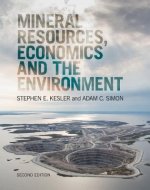
Mineral Resources, Economics and the Environment
78.86 € -

Making of Europe
82.65 € -
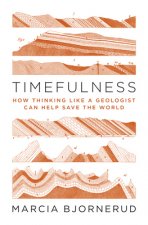
Timefulness
40.96 € -10 % -

Global Geomorphology
87.87 € -

Historical Geology
86.95 € -17 % -
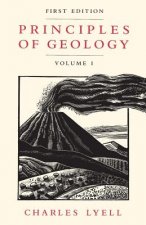
Principles of Geology, Volume 1
32.46 € -31 % -

Silicate Glasses and Melts
303.38 € -

Igneous and Metamorphic Petrology 2e
152.71 € -
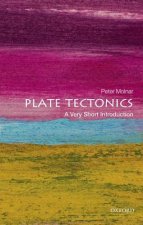
Plate Tectonics: A Very Short Introduction
11.67 € -19 % -

Landscapes and Geomorphology: A Very Short Introduction
11.67 € -19 % -

Ore Deposit Geology
85.11 € -

Soil and Environmental Chemistry
132.02 € -
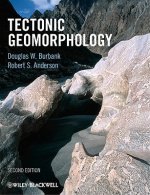
Tectonic Geomorphology 2e
125.87 € -

Fossils: A Very Short Introduction
11.67 € -19 % -

Earth on Show
65.65 € -

Last Giant of Beringia
29.39 € -
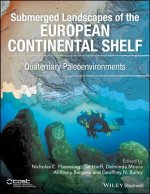
Quaternary Paleoenvironments - Submerged Landscapes of the European Continental Shelf.
141.14 € -

Earth: An Introduction to Physical Geology, Global Edition
87.98 € -
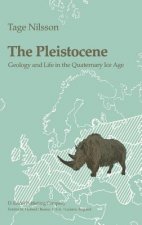
Pleistocene
277.26 € -

Worlds Before Adam
112.97 € -
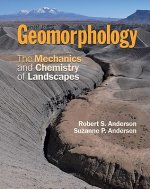
Geomorphology
111.64 € -

Principles of Geology, Volume 2
78.65 €
Osobný odber Bratislava a 2642 dalších
Copyright ©2008-24 najlacnejsie-knihy.sk Všetky práva vyhradenéSúkromieCookies


 21 miliónov titulov
21 miliónov titulov Vrátenie do mesiaca
Vrátenie do mesiaca 02/210 210 99 (8-15.30h)
02/210 210 99 (8-15.30h)